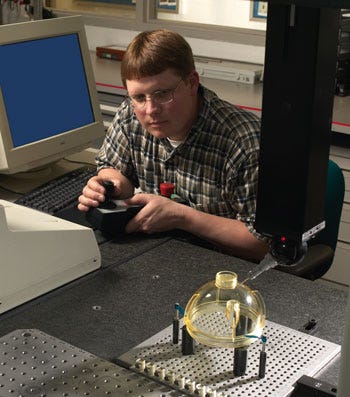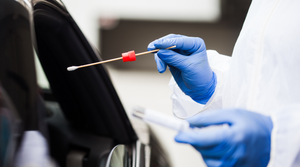Here's How to Ditch the Batteries in Wireless Devices
August 20, 2013
A prototype device can harvest, transmit and receive data without an onboard power source. The prototype has touch sensors and LEDs that function using harvested energy. |
|
A wireless communication system permits wireless device communication without the use of batteries. The brainchild of University of Washington researchers, the technology makes use of ambient backscatter from existing wireless signals instead of generating unique wireless signals.
The video below provides an example of how the technology making use signals from a nearby TV tower. A device named "Alice" can communicate with a device named "Bob" by absorbing or reflecting signals from the TV tower. A 0-bit signal is communicated by absorbing the incident TV signals while a 1-bit signal is communicated by reflecting them. Because it relies on existing wireless signals, it does not need an internal power supply as is the case with active and semi-passive RFID.
In their experiments, the researchers confirmed that the technology could work at distances as far as 6.5 miles from a
TV tower.
The researchers hint that the technology could potentially make possible the Internet of Things, a scenario devised by Kevin Ashton in 2000 in which people and common objects and people could be tagged and tracked by computers. Other potential applications include wearable devices for health monitoring. In addition, the technology could be incorporated in technologies that use battery power to enable them to perform basic communication functions in case the battery dies or the power fails.
The ambient backscatter approach could work with Wi-Fi, cellular signals as well as TV signals. Lead researcher Shyam Gollakota envisions that the technology could be used for an array of consumer applications, ranging from home monitoring to self-sustaining sensor networks.
The topic of developing wireless medical devices will be featured at the upcoming BIOMEDevice conference and tradeshow held December 4-5 in San Jose. There will be two tracks dedicated to wireless technology. One will focus on the influence of consumer technology on medical devices; the second on wireless clinical-device product development
Brian Buntz is the editor-in-chief of MPMN and Qmed. Follow him on Twitter at @brian_buntz.
About the Author(s)
You May Also Like



